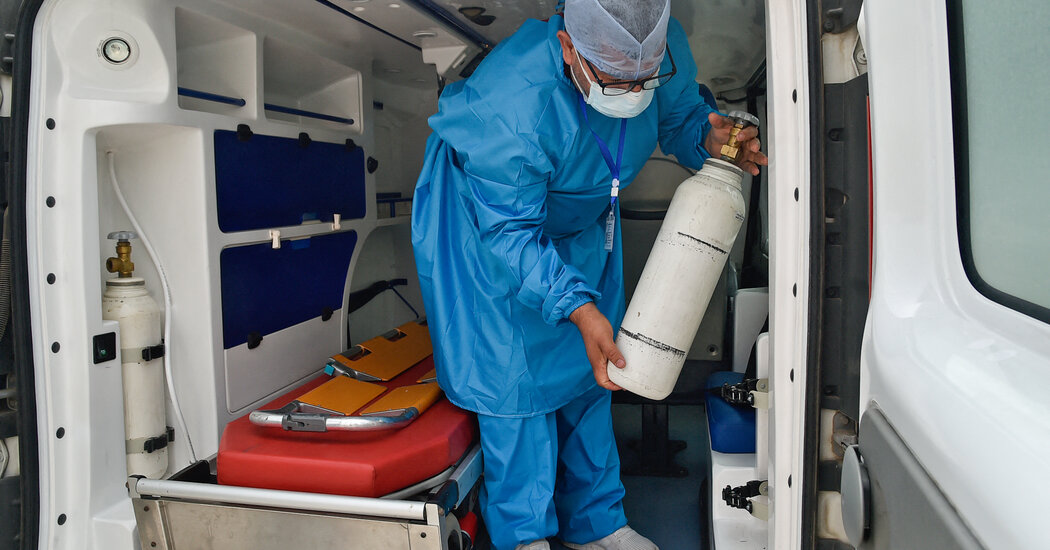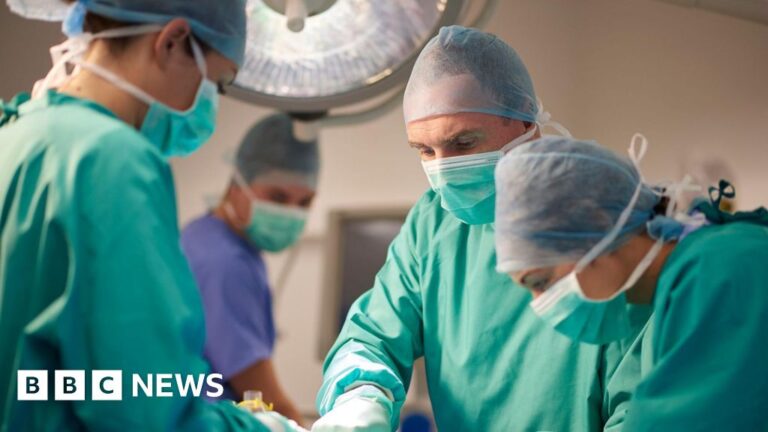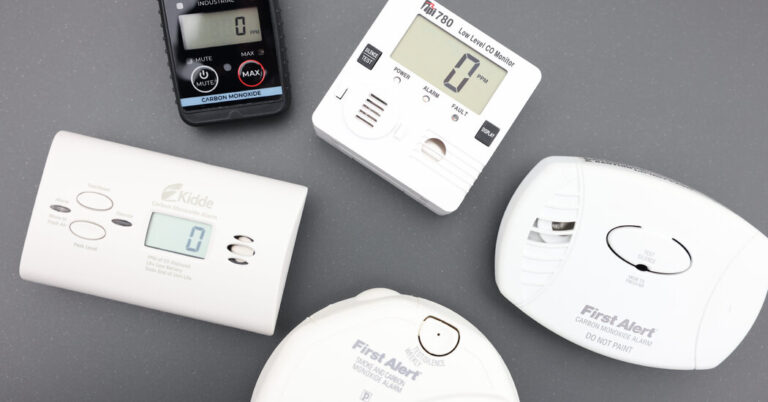At the height of the Covid-19 pandemic, millions of people in poor nations died literally gasping for breath, even in hospitals. What they lacked was medical oxygen, which is in short supply in much of the world. On Monday, a panel of experts published a comprehensive report on the shortage. Each year, the report noted, more than 370 million people worldwide need oxygen as part of their medical care, but fewer than 1 in 3 receive it, jeopardizing the health and lives of those who do not. Access to safe and affordable medical oxygen is especially limited in low- and middle-income nations.
Boosting the availability of medical oxygen would require an investment of about $6.8 billion, the report noted.
Still, she said, governments and funding organizations should prioritize medical oxygen because of its importance across health care. People of all ages may need oxygen for pneumonia and other respiratory conditions, for severe infections including malaria and sepsis, for surgeries and for chronic lung conditions.
Medical oxygen has been used for more than 100 years, often for treating patients with pneumonia. But it was added to the World Health Organization’s Essential Medicines List only in 2017.
Early in the Covid-19 pandemic, Every Breath Counts, a coalition of more than 50 organizations, pushed for increased access to medical oxygen. By the end of 2022, an emergency task force had mobilized more than $1 billion worth of medical oxygen equipment and supplies to more than 100 countries.
One country that has made substantial investment in improving oxygen access is Nigeria, which had taken steps in that direction even before Covid. Nigeria has set up about 20 cost-effective plants for generating oxygen on-site for hospitals, and is exploring liquid oxygen plants that can supply large swaths of urban areas, said Dr. Muhammad Ali Pate, the country’s minister of health and social welfare.
Source link




